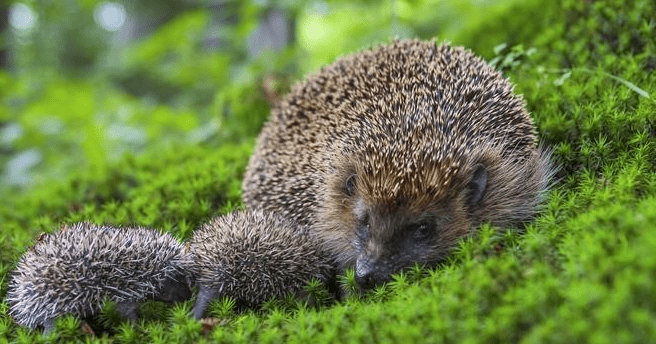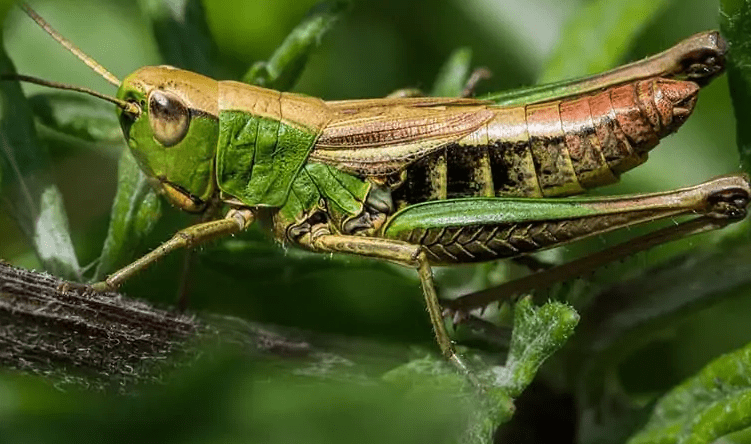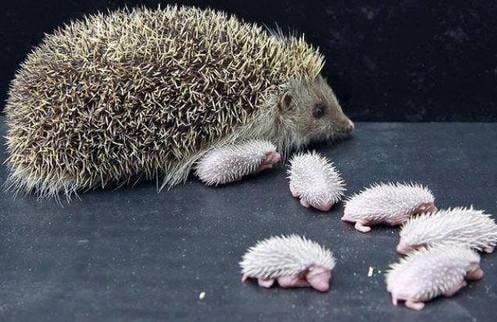Pine martens typically sleep and rest in sheltered locations within their home ranges. These locations serve as dens or resting sites where they can seek protection, rest, and raise their young. Common places where pine martens sleep include:
- Tree Hollows: Pine martens are skilled climbers and often use tree hollows as sleeping sites. They may find natural tree cavities, abandoned bird nests, or squirrel dreys high in the trees to rest and sleep.
- Rock Crevices: In areas where trees are scarce, pine martens may use rock crevices or caves as sheltered resting places. These rocky sites offer protection from the elements and potential predators.
- Dens: Pine martens may create dens on the ground, especially for giving birth and raising their young. They might use burrows made by other animals or construct their own dens in suitable locations.
- Abandoned Structures: In some cases, pine martens have been known to take refuge in abandoned buildings, barns, or other man-made structures where they can find shelter and protection.
These locations provide the pine martens with a safe and hidden place to sleep, rest, and care for their young. The choice of sleeping sites can vary depending on the availability of suitable shelter in their habitat. Pine martens are generally solitary animals, and their dens are primarily for individual use, except during the breeding season when females may use dens to raise their kits (young).
Contents
What is a group of pine martens called?
Pine martens are typically solitary animals and do not form social groups or live in packs like some other species. As a result, there is no specific collective noun used to describe a group of pine martens, as they are not known to exhibit group behavior. Each pine marten generally maintains its own territory and is often solitary, except during the breeding season when a female may care for her young.
What are some interesting facts about pine martens?
Pine martens are fascinating creatures with several interesting characteristics and behaviors. Here are some intriguing facts about pine martens:
- Solitary Lifestyle: Pine martens are primarily solitary animals. They establish and defend territories, coming together mainly during the breeding season.
- Excellent Climbers: They are agile and skilled climbers, which helps them access tree hollows and bird nests for shelter and food.
- Nocturnal Behavior: Pine martens are mostly active at night, making them elusive and challenging to spot in the wild.
- Varied Diet: Their diet is diverse and includes small mammals, birds, insects, fruit, and carrion. They are opportunistic hunters and foragers.
- Unique Scent Marking: Pine martens have scent glands that they use to mark their territories. These scent markings play a crucial role in communication with other martens.
- Territorial Animals: Each pine marten has its own territory, which it defends against intruders of the same species. Territories can vary in size but are generally centered around a good food source.
- Distinctive Fur: Pine martens have a rich, dark brown fur coat with a distinctive pale-yellow bib on their throat. This makes them easily distinguishable from other similar species.
- Conservation Efforts: In the UK, pine martens have been the focus of conservation efforts, including reintroduction programs to help bolster their populations.
- Impact on Red Squirrels: Pine martens have been found to help protect red squirrel populations in some areas by reducing the numbers of invasive gray squirrels, which compete with red squirrels for resources.
- Rare Sightings: Observing a pine marten in the wild can be a rare and exciting experience due to their secretive nature and declining populations in many regions.
These facts highlight the unique characteristics and ecological importance of pine martens in their native habitats.
What is the difference between a stoat and a pine marten?
Stoats and pine martens are two different species of mustelids (members of the weasel family) that can be found in some overlapping regions, but they have distinct differences in terms of size, appearance, behavior, and habitat. Here are some key differences between stoats and pine martens:
- Size:
- Stoat: Stoats are smaller, measuring about 7-12 inches (18-30 cm) in body length, with a tail length of 2-4 inches (5-10 cm). They typically weigh 5-12 ounces (140-340 grams).
- Pine Marten: Pine martens are larger, measuring around 18-24 inches (45-60 cm) in body length, with a tail length of 6-8 inches (15-20 cm). They generally weigh 1.1-2.2 pounds (0.5-1 kg).
- Appearance:
- Stoat: Stoats have a slender, elongated body with a white belly and a chestnut-brown coat on their upper body during the warmer months. In colder regions, their fur turns white in winter, except for the black tip of their tail, which remains year-round.
- Pine Marten: Pine martens have a stockier body with a dark brown fur coat that has a pale-yellow bib on their throat. They do not undergo seasonal color changes like stoats.
- Behavior:
- Stoat: Stoats are known for their swift and agile hunting behavior, primarily preying on small mammals, especially rodents.
- Pine Marten: Pine martens have a broader diet that includes small mammals, birds, insects, fruit, and carrion. They are more omnivorous than stoats.
- Habitat:
- Stoat: Stoats are versatile in their habitat choices and can be found in a wide range of environments, from forests and grasslands to wetlands.
- Pine Marten: Pine martens are typically associated with forested and wooded areas and are excellent climbers.
- Social Behavior:
- Stoat: Stoats are often solitary and establish their own territories.
- Pine Marten: Pine martens are primarily solitary, though females with kits (young) may be observed together during the breeding season.
While stoats and pine martens may share some regions and similar ecosystems, they are distinct species with varying characteristics in terms of size, appearance, behavior, and ecological roles.








